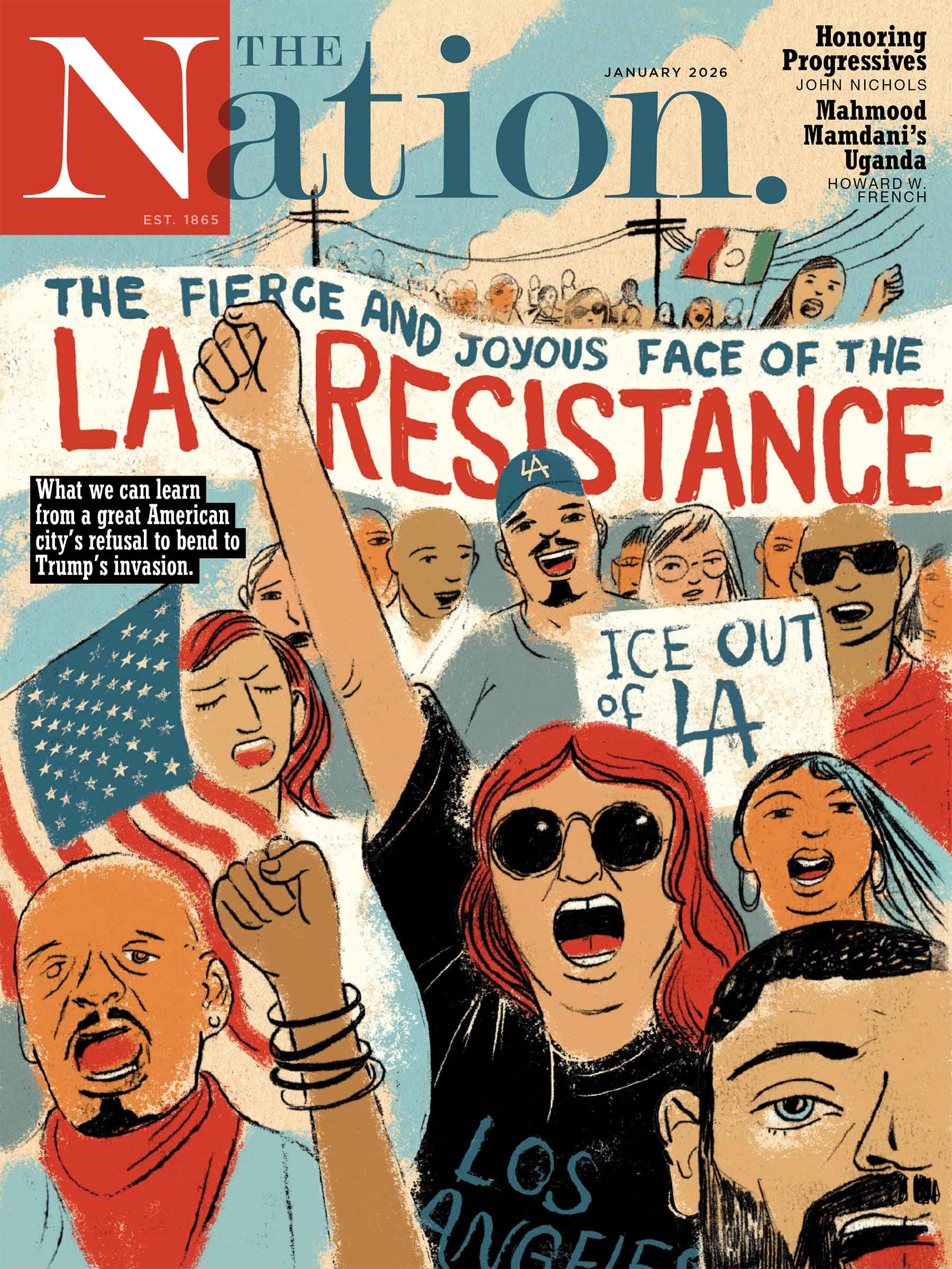No literary genre is more ephemeral than art criticism. Mostly that’s a blessing, but sometimes writing of genuine value disappears from view. The 1960s and ’70s were years of tremendous vitality for American art criticism, as they were for American art. Yet today, when writers mention the debates of those days, they often focus on a handful of voices: Donald Judd, Michael Fried, Rosalind Krauss, maybe some late grousings from Clement Greenberg as his pen was running dry. The criticism of many others seems to have been unjustly forgotten. Among them I would have counted, until recently, Lawrence Alloway, who wrote regularly for this magazine between 1968 and 1981. To me, he remains the great intellectual resource among the art writers of that period, so I am happy to point out that a small revival of interest in his work is under way—an essay here, a conference there, and now a useful collection of scholarly papers, Lawrence Alloway: Critic and Curator (Getty Research Institute; $40), edited by Lucy Bradnock, Courtney J. Martin, and Rebecca Peabody.
Many of the essays are based on archival research in the Alloway papers housed at the Getty Research Institute, where there is clearly a lot of fascinating unpublished material. They cover topics ranging from Alloway’s evolving views of museums to his ideas on the relationship between art and photography; from his love of movies (not “film” or “cinema”) and fascination with science fiction to his mutually enriching exchange of ideas with his fellow sci-fi fan, the artist Robert Smithson. I particularly appreciated Michael Lobel’s essay on Alloway as curator and his “global turn”; Jennifer Mundy’s account of his art-criticism course at SUNY Stony Brook; and Julia Bryan-Wilson’s exploration of his “self-reflexive” approach to criticizing the institutions of which he was a part. But important topics are missing here, including Alloway’s work as a critic in the years when he was most active writing for The Nation, and also the impact of his marriage to the painter Sylvia Sleigh. It must have been in part thanks to her that Alloway became one of the first male critics to make a point of writing about women artists, and especially those who were feminists.
The book leaves me hungry for a full-scale intellectual biography. Born in the London suburb of Wimbledon, in 1926, Alloway became a lecturer at the National Gallery (without having earned a college degree), then joined the Independent Group, an association of artists, designers, and intellectuals who were responsible for a series of groundbreaking exhibitions at London’s Institute of Contemporary Arts. He first visited the United States in 1958 and soon resolved to move there; a teaching job at Bennington College made that possible in 1961. He wrote, curated, lectured, and taught widely until 1981, when a neurological disorder made it difficult for him to continue. He died in 1990.
It was during his London period that Alloway coined the term “Pop art.” He was referring not—as critics later would—to the work of painters and sculptors who borrow the imagery of mass culture, but rather to the actual products of commercial culture, what Clement Greenberg dubbed “kitsch” and Theodor Adorno scorned as “the culture industry.” Alloway never conceived of cultures in opposition or in a hierarchy; for him, as he later put it, “Unique oil paintings and highly personal poems as well as mass-distributed films and group-aimed magazines can be placed within a continuum.” He wrote about “artists as consumers” and wanted “an approach that does not depend…on the exclusion of most of the symbols that people live by.” In practice, this meant taking a calmly quasi-sociological view of art as one of many information systems at work in the world, itself capable of housing many different, seemingly incompatible tendencies. He sought a criticism that would be “less royal”; that is, less prone to unsupported authoritative pronouncements based on highly partial narratives of historical development (or what he called “drastic simplificatory strategies to reduce the hectic scene to congruence”). Above all, he always wrote with genuine curiosity and an eye for quality.
Unlike critics who were concerned with identifying art’s one true path into the future, Alloway could write with equal perspicacity and empathy about a Pop artist like Roy Lichtenstein, an Abstract Expressionist like Norman Bluhm, a realist like Isabel Bishop, a minimalist like Agnes Martin, and a conceptualist like Sol LeWitt. Moreover, he could take a similarly sympathetic critical stance toward the functioning of institutions like the Venice Biennale—where he identified the importance of what we’ve since learned to call “globalization”—as well as art magazines, commercial and cooperative galleries, and museums. He celebrated the ever-widening reach of culture and the growth of its audience to include all classes and conditions of people—and therefore many categories of taste. Never a detached observer, he was always opinionated. As he wrote of art criticism in general: “The individuality of the critic, not the universal handiness of his ideas, is a real point of value.”


